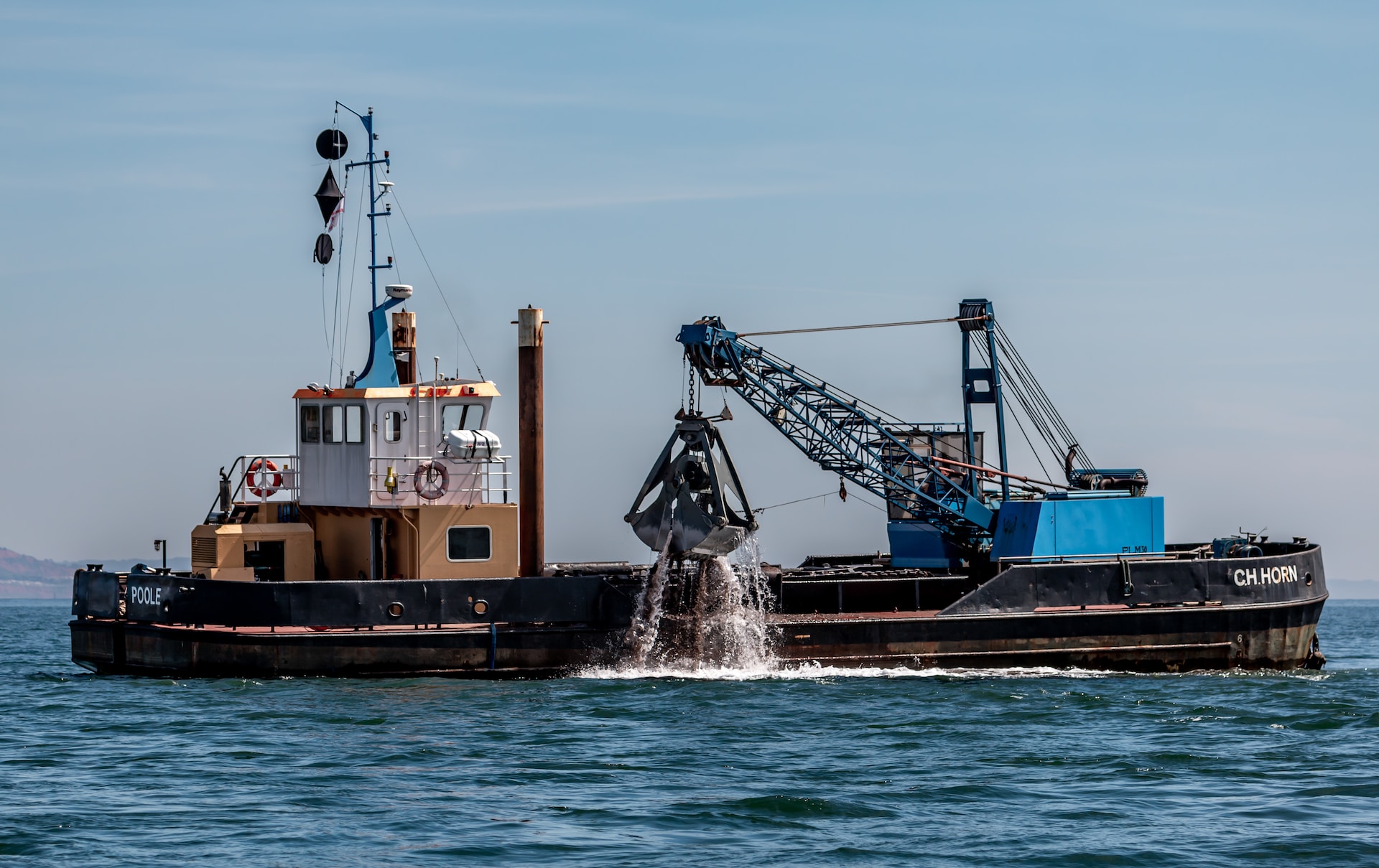From Autonomous Dredgers to Eco-Friendly Methods, Explore the Latest Innovations Shaping the Future of Dredging Operations Worldwide.
Advanced dredging technologies continue to evolve, and various methods are employed globally to efficiently remove sediments from water bodies. Some notable dredging technologies include:
- Cutter Suction Dredgers (CSD): These are versatile dredgers equipped with a rotating cutter head that can cut and suction a wide range of materials. They are commonly used for port construction, maintenance dredging, and land reclamation.
- Trailing Suction Hopper Dredgers (TSHD): TSHDs are self-propelled vessels equipped with trailing suction pipes and dragheads, allowing them to dredge and transport materials to a disposal site. They are often used for large-scale dredging projects in deeper waters.
- Mechanical Dredgers: These include various types like clamshell dredgers, bucket dredgers, and backhoe dredgers. They use mechanical buckets or scoops to remove sediments and are suitable for different types of materials and conditions.
- Auger Dredgers: These dredgers use a rotating auger to remove sediments from the bottom of water bodies. They are effective in compact and cohesive soils.
- Environmental Dredging Technologies: These technologies focus on minimizing environmental impact. They may include the use of geotextile tubes, silt curtains, and sediment containment systems to control and contain dredged materials.
- Automation and Remote Control: Advancements in automation and remote control technologies are improving the efficiency and safety of dredging operations. Some dredgers can be operated remotely or even autonomously.
- GPS and Hydrographic Surveying: Precise positioning systems and hydrographic surveying technologies, such as GPS and sonar, are used to map the underwater terrain and guide dredging operations with high accuracy.
- Dredge Monitoring and Control Systems: These systems enable real-time monitoring and control of dredging parameters, optimizing efficiency and minimizing environmental impact.
As dredging technologies continue to advance, the global maritime industry stands on the brink of a transformative era in waterway maintenance. From the precision of GPS-guided operations to the versatility of autonomous dredgers, innovations are reshaping the landscape of dredging, making it more efficient and environmentally sustainable. As we navigate toward a future where infrastructure demands and environmental considerations are at the forefront, these cutting-edge technologies promise not only enhanced efficiency in sediment removal but also a commitment to responsible and eco-friendly dredging practices. The evolution in dredging technology is a testament to the industry’s adaptability and commitment to striking a balance between progress and environmental stewardship in our water ecosystems.
